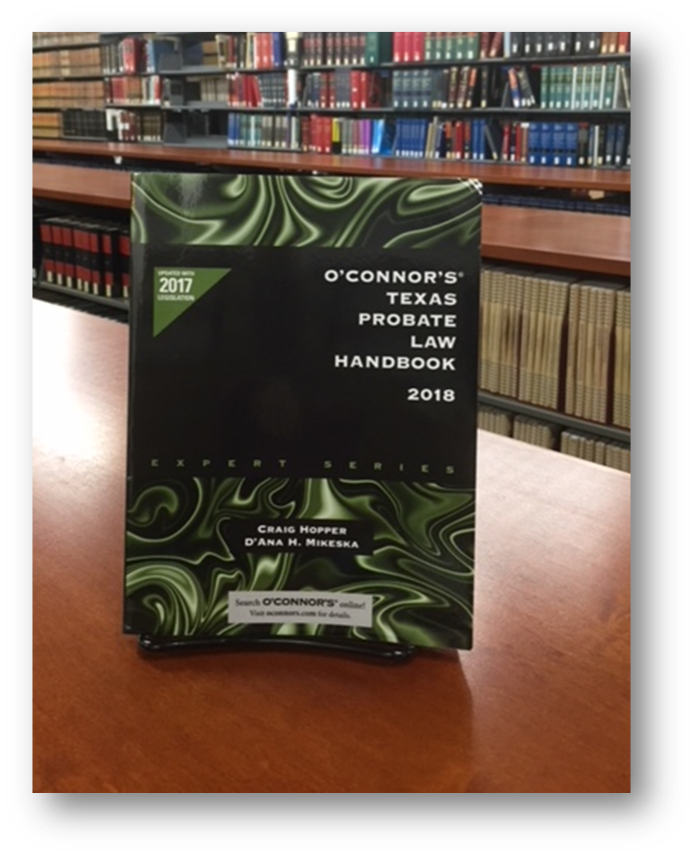The Harris County Law Library's Legal Tech Collection is a growing library of print resources, located at the Reference Desk, that address tech topics relevant to to the practice of law. Books in the collection include several titles in the "One Hour" series. iPad in One Hour for Lawyers, Facebook in One Hour for Lawyers, and LinkedIn in One Hour for Lawyers, are just a few of the available titles. Other books in the collection focus on encryption, digital privacy, e-discovery, social media, Adobe Acrobat, and how to use Google more effectively for legal research.
One of the featured books in the collection is an updated edition of a popular publication from the ABA Law Practice Division -- The Solo and Small Firm Legal Technology Guide: Critical Decisions Made Simple. The Law Library recently acquired the 11th edition (published in 2018), which, surprisingly, is a much slimmer volume than the 2016 edition that it will replace. At just under 200 pages, the 2018 edition is nonetheless chock full of useful content for any solo and small firm practitioners in need of guidance in selecting the best technology options for more efficient and effective legal work.
In the introduction to The 2018 Solo and Small Firm Legal Technology Guide, the authors explain that this year's edition is more narrowly focused on the core technologies of the law office. It is therefore more condensed and compact. Readers requested a book that presents just the essentials of law office technology, making it easier to use and to read. This feedback from readers demonstrates an important point -- that even the most tech savvy users of legal tech tools still like to consult print resources for guidance.
Our interactions with Law Library patrons certainly show a high demand for traditional books in print, which in turn motivated our decision to create a legal tech collection of print materials There are of course many excellent online resources including legal tech blogs, how-to videos on YouTube, recommendations via social media from colleagues and fellow users, vendor websites, and so much more, but many times a compact, single-volume handbook is just what a new tech user needs to get acquainted with an unfamiliar resource. In addition to our print resources, we link to several other useful digital legal tech resources via our Legal Tech Institute web pages, and, when consulted in tandem with our print resources, these online digital sources are also excellent tools for gaining a toehold in the sometimes overwhelming world of legal tech.








